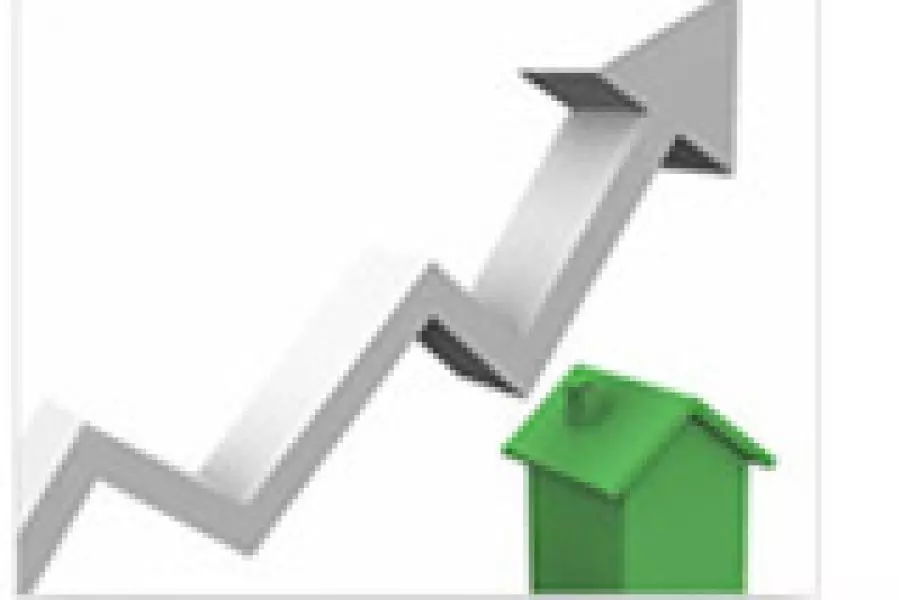News
National average asking price up

Wednesday 1st of July 2015
The strength of increases in the average asking price in Central Otago, Gisborne and, inevitably, Auckland resulted in a 0.9% rise in the national average asking price to a new high of $537,682 in June.
In Auckland, the average asking price hit the over $800,000 mark for the first time.
June’s average asking price of $820,016 was 3.4% higher than the previous Auckland reco...
Want to read the full article?
Click the button below to subscribe and will have unlimited access to full article and all other articles on the site.
2 min read






![[The Wrap] Bye Bye Bayly](https://goodreturns.publit.io/file/c_fill,w_900,h_600/39f23ac1-f7c7-4854-b700-a150004ebbac.webp)


